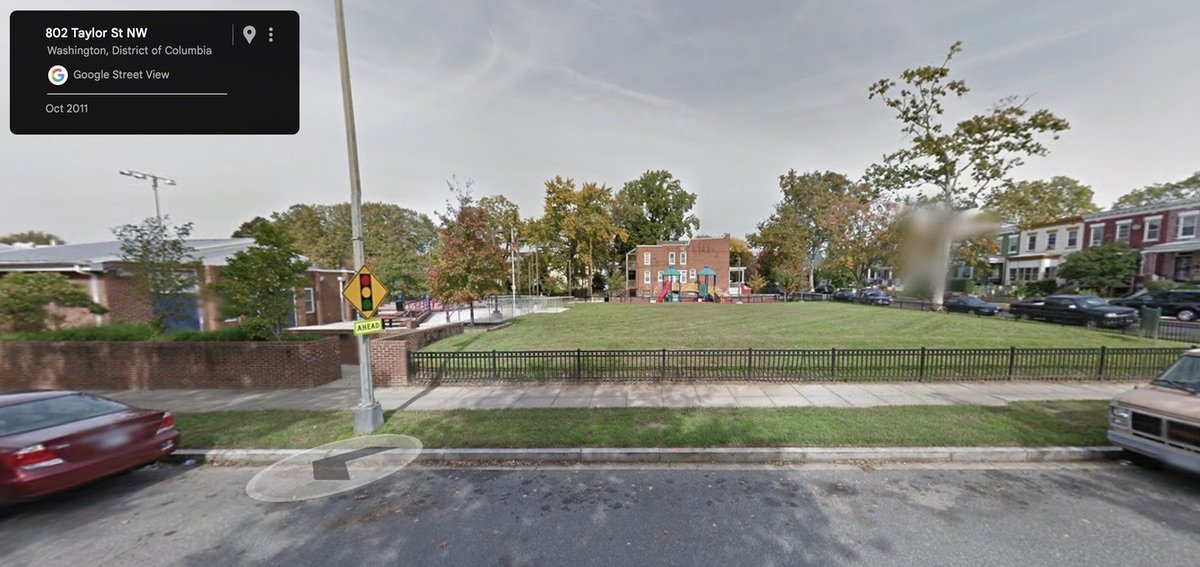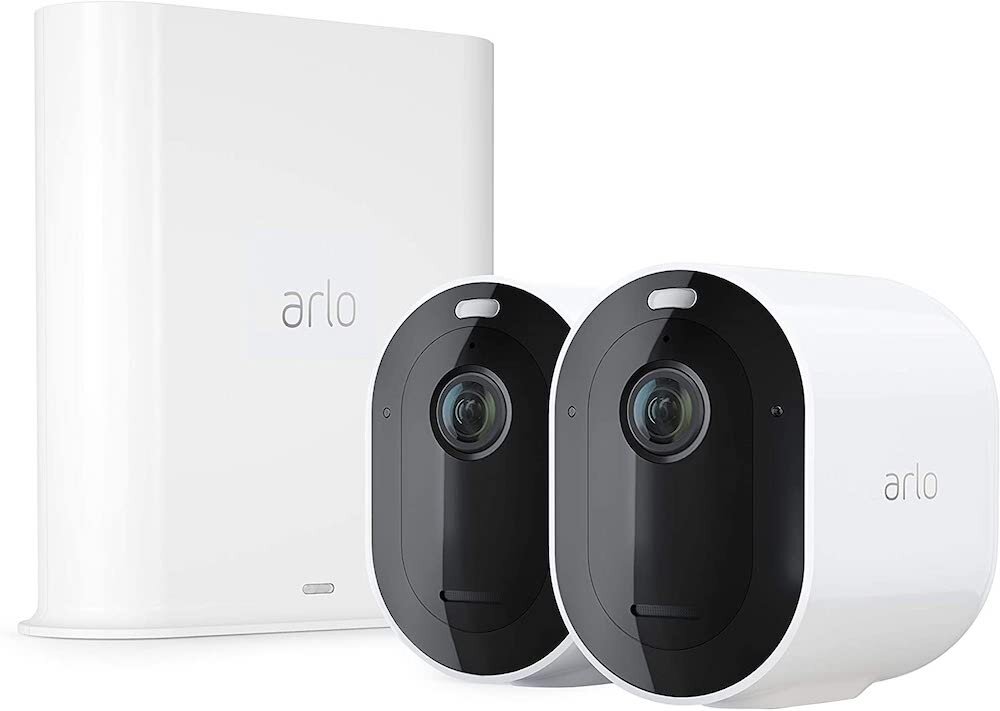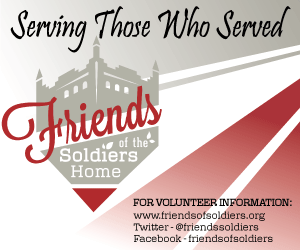What happens when you call 911 or 311: An evening with the Office of Unified Communications
/Office of Unified Communications building (Photo: dc.gov)
I was invited to attend a tour of the Office of Unified Communications (OUC) along with MPD’s 2nd Cohort of the Community Engagement Academy. The OUC handles all 911 and 311 calls in DC, so when you call to report a crime or a broken street light, the call goes to a modern-looking building at 2720 Martin Luther King Jr Avenue SE.
We met the new OUC Chief Operating Officer and acting Director, Jeff Wobbleton. In the position for 11 weeks, he said his focus is on customer service and fixing the broken or ineffective processes and policies. He provided a good overview of the OUC, and I have to say, it’s impressive what they manage to do. Mr. Wobbleton said the OUC is still understaffed and uses a lot of overtime to cover calls. He’s working on hiring more, but the process is long. For example, in the last hiring process, they had 1,000 applications and only hired 15. After a candidate is hired they have 2 months of classes, followed by 2 months of “riding along” with another call taker (listening and watching an experienced call taker). It’s clearly a stressful job that requires the person to be able to handle an incredible amount of information (up to 80 police officers at one time). Not everyone is cut out for the job. That said, there are employees with more than 25 years on the job.
- 309 employees (42 new hires in last 8 months)
- Manage 27 agencies via radio
- 17 people on the phones on any given shift
- 1.4 million 911 calls per year
- 1.9 million 311 calls per year
- 3,200 calls for MPD per day
- 700 calls for fire / ambulance per day
The building itself is pretty large, with the 911/311 call center taking up most of the second floor. The call center room itself is massive, but a lot emptier than you probably think. I thought the call center would be this dark cavern with monitors and blinking lights everywhere and filled will 100 people rapidly taking calls. Instead, it’s a somewhat dimly lit room with open spaces and large “cubicles” spread out in groups.
OUC 911/311 call center (photo: Washington Post)
The initial call takers and the supervisors sit in the center, with the other groups around them in a rectangular shape: 311 operators off on one side, 911 dispatchers to the left and Fire/EMS on right. The MPD dispatchers are separated out by Ward (each dispatcher handles two wards). Each call taker and dispatcher works a 12-hour shift.
A dispatcher has at least four computer monitors in front of them showing the call information, a map where each MPD patrol car is located (via GPS tracking) and other relevant information. Calls to MPD are prioritized into three levels based on severity:
Type 1) Officers should respond immediately with lights and sirens (e.g., crime in progress, person down, life-threatening situation.)
Type 2) Officers should respond as soon as possible (e.g., burglary, theft, etc)
Type 3) Officers should respond when possible (e.g., take a report, but you can finish your lunch first)
So how does it work when you call 911?
When you dial 911, it goes to a call taker who quickly determines the call type (police, fire, ambulance) and takes the pertinent information from the person calling. Call data (information from the call, not the caller) is then routed to the appropriate dispatcher who then works with the correct agency.
Let’s say you live near Delafield or 3rd and Taylor and hear gunshots (what are the odds?), so you grab your cell phone and dial 911. The call is picked up by a call taker who asks you the same basic information, and enters everything you’re saying into a computer system. That information is then transferred to the appropriate MPD dispatcher (in this case, the Ward 4 MPD dispatcher). The dispatcher then sends the call to available MPD units, depending upon the call type (1, 2 or 3). The dispatcher can also “select and recommend” a specific MPD unit take the call (e.g., the officer is located in the immediate area of the 911 call). The dispatcher then coordinates any of the other incoming calls on the same issue, meaning if you and three of your neighbors all call 911 at the same time after you heard the gunshots, all the calls go to the same dispatcher who groups them together. The responding officer will then report back any action taken, or report “10-8,” no action taken. And that description is probably nowhere near accurate of how crazy it can be for the dispatcher.
Photo: OUC on Flickr
Mr. Wobbleton knows distinctly the importance of each call they receive. “We are the first stop along the way of saving someone’s life,” he said. “We answer every call that comes in.”
He said that they have a 3% abandon rate for calls (people who hang up), and answer calls in an average of 5 seconds (the national average, he said, is 10 seconds). It then takes another minute and a half to complete the call and send the call data to the dispatcher (MPD, Fire/EMS, etc.). When they’re crushed by calls, the call will get put into a holding queue until a call taker can pick up (generally within 25 seconds).
“Don’t hang up and call 911 again,” Mr. Wobbleton said. “If you do that, and there’s a wait, you’ll fall to the back of the line. Just wait, and someone will pick up very quickly.”
One complaint about OUC I hear is the caller doesn’t know if the police or ambulance have been dispatched while the call taker is asking their long list of questions. I asked Mr. Wobbleton about how soon after the call is initiated does the responsible emergency agency get the information. He said right now, it’s about a minute and a half; however, he said that they’re working on a new process that will roll out in the next month or so that uses “common sense,” as he puts it, to get the call to the right place as quickly as possible. He said other changes are coming to the OUC in the upcoming months. “Watch for the news in the media,” he said. “I think you’ll be pleased.”
For 311 non-emergency calls, it’s a little different.
It used be to be that 311 was for non-emergency police calls, and residents were to use a different number (727-1000) to submit requests for city services. Under the Fenty administration, that was changed. All police calls go to 911, and all city services go to 311. The 311 operators handle almost all city agency calls, from DPW to DPR to the Mayor’s office. In that sense, they’re like a switchboard that either takes messages or sends you where you need to go. A “one-stop shop” so to speak, for city issues.
The basic process for an incoming call is the same, but instead of the call being sent to a dispatcher, the 311 operator will take your information and call request, and then submit a “work ticket” on your behalf. The 311 system has APIs (or digital connections into and out of different systems) into the work order systems for the other city agencies, which is why when an item you submitted gets a comment or closed, you’ll get an email with notes from that agency — sometimes jargon-filled notes. “We’re working on that,” we were told.
In the end, at two hours it was a quick but impressive tour. What’s clear from listening to Mr. Wobbleton is that DC is committed to fixing the issues within the OUC that have caused resident complaints.



















